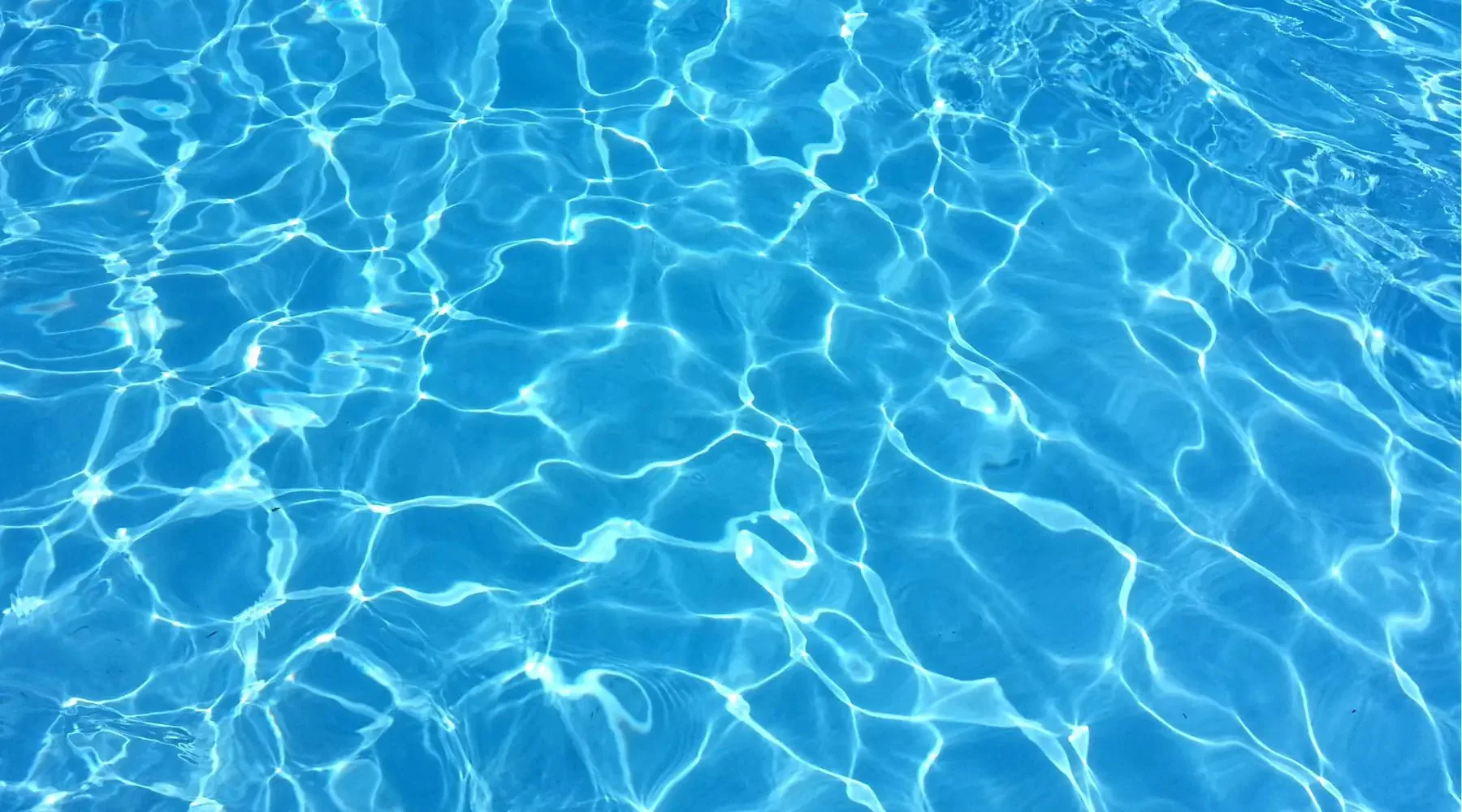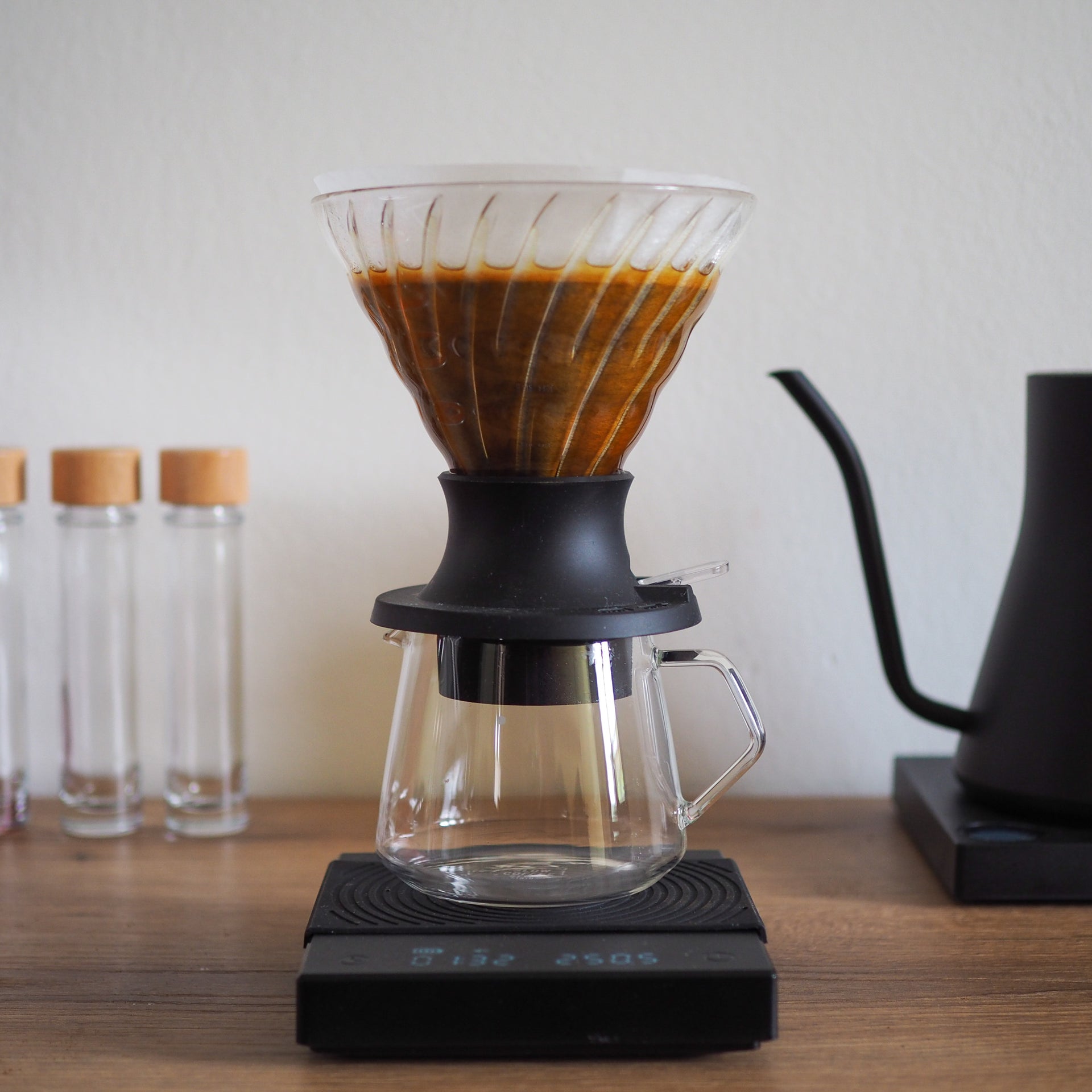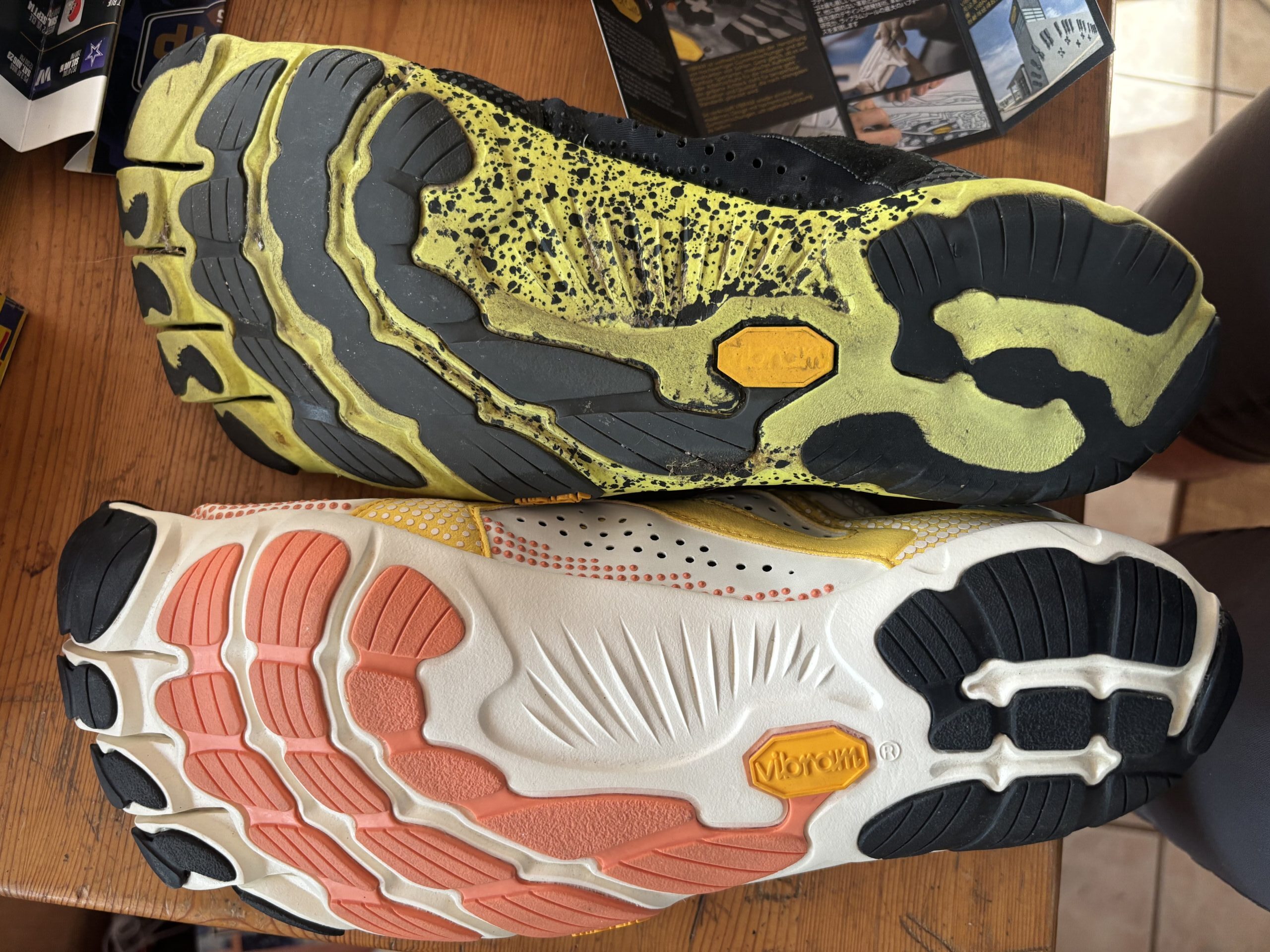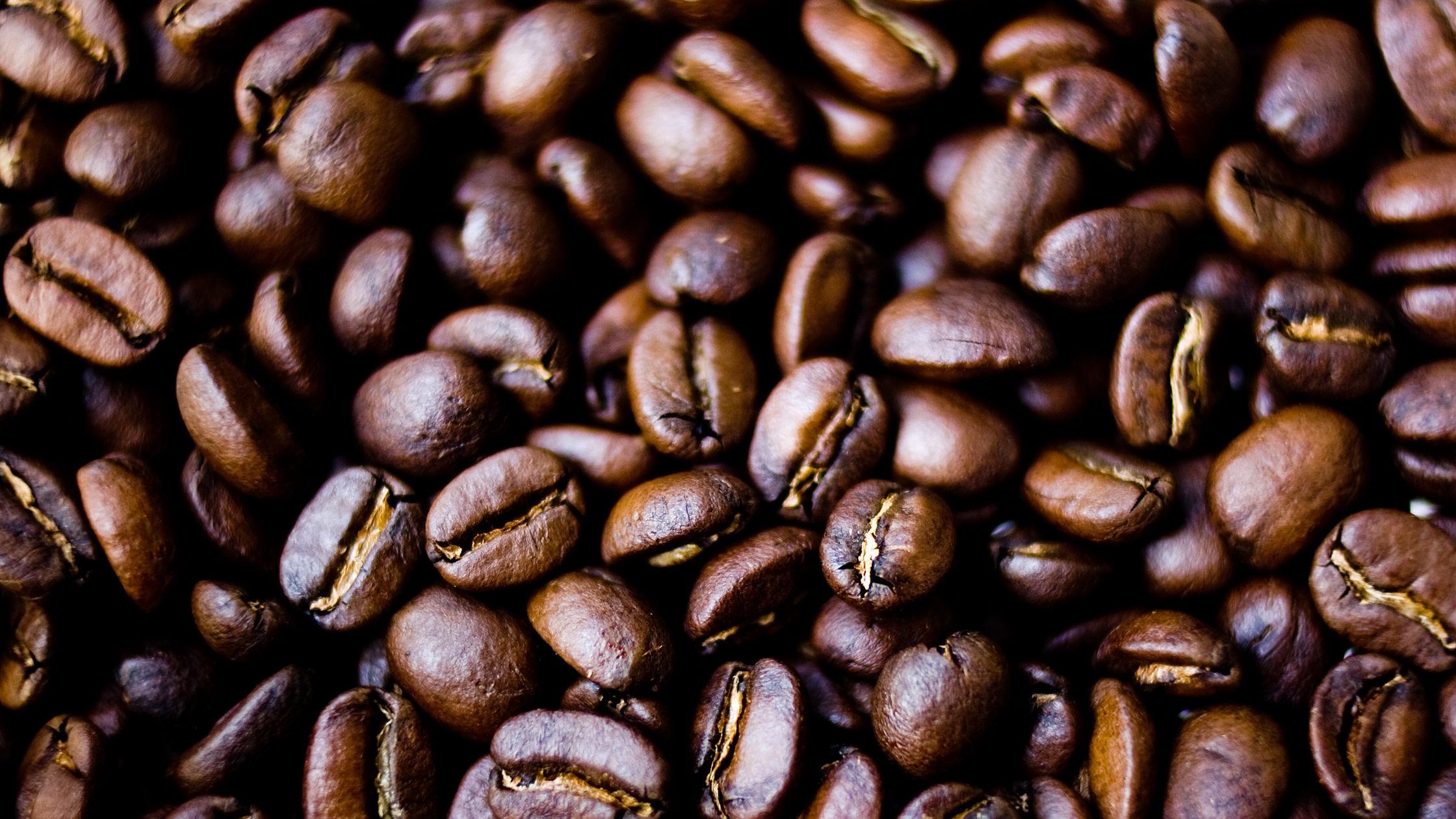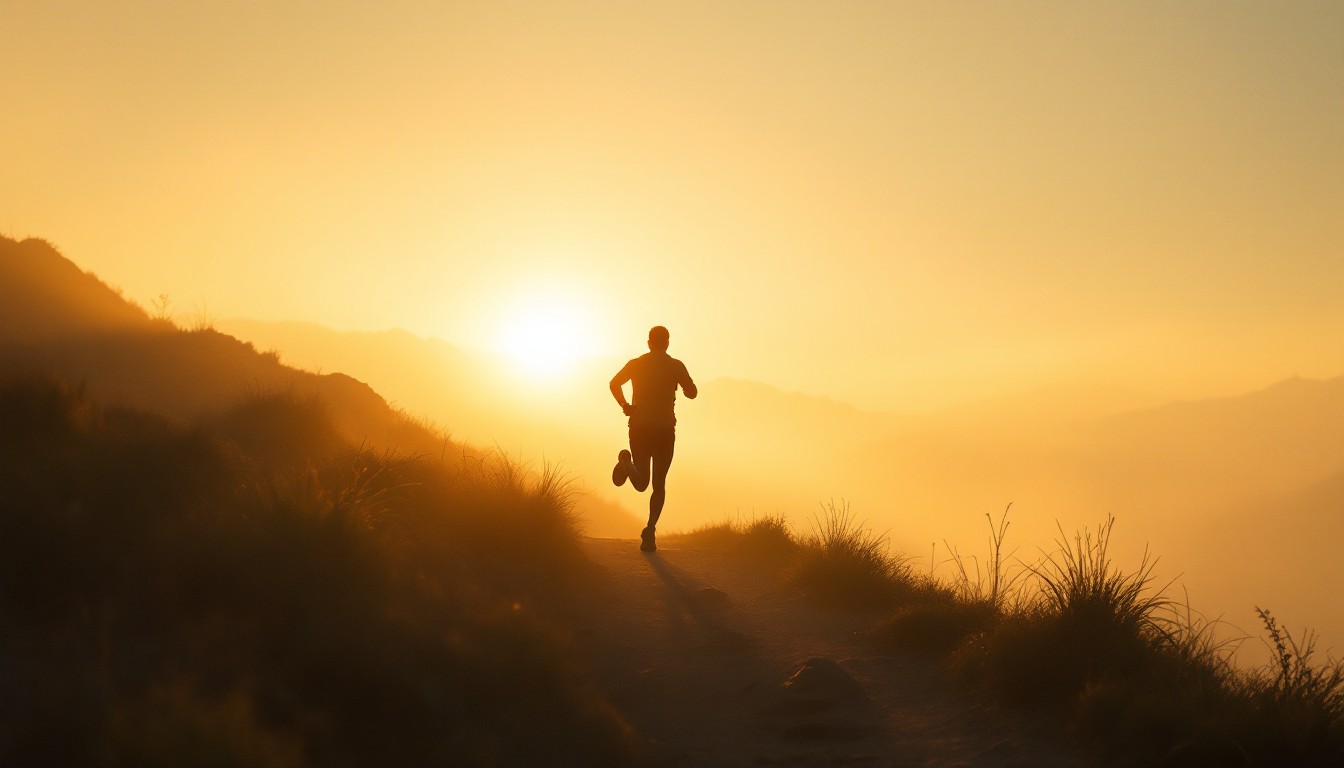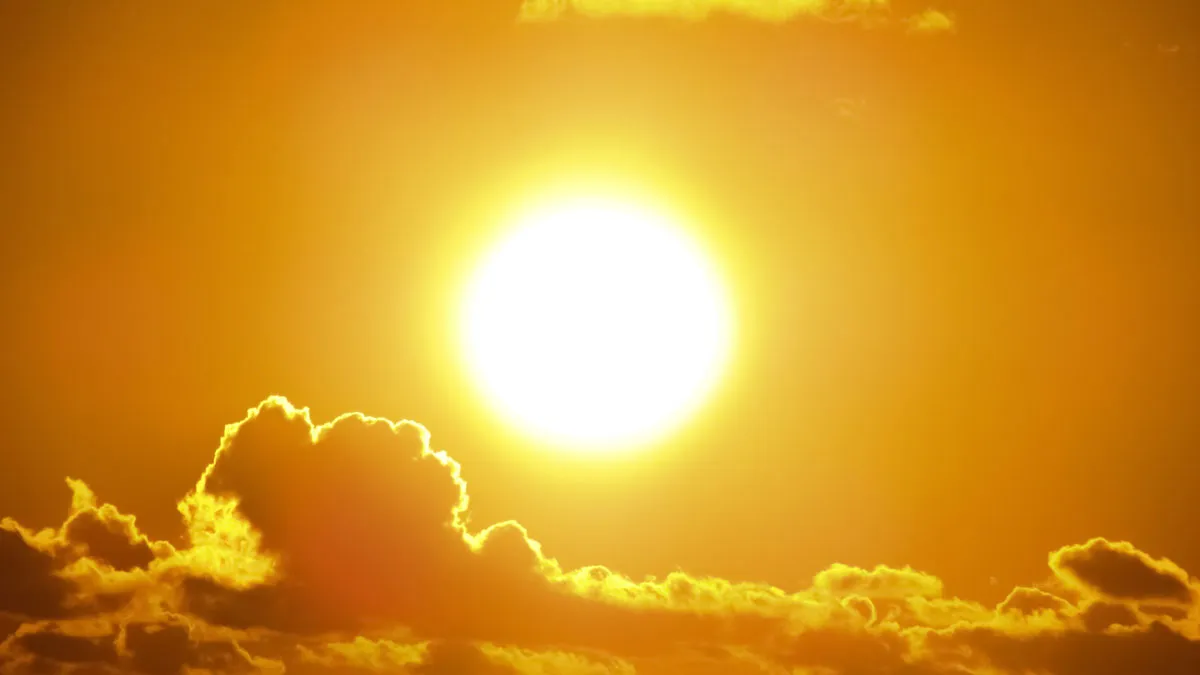- Beans: Jamberry (blend)
- Roaster: Gracefully Coffee Roasters (Baltimore, MD)
- Origins: Colombia, Guatemala, Ethiopia, Costa Rica
- Roast level: Light to Medium
- Roast date: 7/10/2025
- Purchase date: 7/22/2025 from Gracefully curbside café
Freeze date: n/a; Thaw date: n/a
First cup: 7/22/2025; Last pour-over cup: 8/3/2025
- Process: Natural process
- Tasting notes: Mixed berry jam, honeyed apricot and chocolate covered almonds
- Switch with Ode grinder (1 cup):
- 20g coffee / 300g water (1:15)
- Ode: 3+2 to 4
- Water at 100°C
- Single Cup V60 Pourover with 50g bloom and 60g pulses – Finishes around 02:45
- AeroPress with Prismo and JX grinder:
- 17-ish grams coffee / 250-ish grams water (1:14 to 1:15)
- JX: 16
- Boiling water
- Metal + single paper filter
- Pour enough to wet beans; agitate; bloom until 0:45; pour to 0.25″ or so of top of cylinder; stir back and forth 7-8x; steep until 2:45 to 3:00; repeat stir; press slowly
I was in the mood for a fruit-forward coffee, and this definitely lives up to that billing. It’s the first full bag I’ve opened since I bought the Hario Switch, and as such, has served as something of a “guinea pig” as I test out a few different brewing methods.
- For cup #1, I kept the drain closed for the bloom phase, and open for the pour-over phase. This was a good cup with a nice mouthfeel — probably my favorite of the first 3, actually.
- For cup #2, I kept the drain closed for the bloom and for the initial top-up to 120g, then opened it for the rest of the pour. I wasn’t crazy about how the bed ended up — there was a thicker ridge of grounds left at the high water mark, which the ending swirl didn’t take care of. Maybe I should swirl it right before I open the drain. Whatever the case, the cup tasted fairly similar to cup #1, so there’s probably not much point in brewing it this way going forward.
- For cup #3, I tried a full-immersion brew. After the bloom, I kept the drain closed and poured all the way to 300g without stopping. Then, I swirled, steeped until 02:30, and opened the drain. It took around 30 seconds to drain down, finishing at 03:00. The cup was fine, but tasted a little bit over-extracted. I would probably want to use a coarser grind if I was going to brew it like this regularly. My real goal here was to see how it tasted, and to see if the size 3 Switch could accommodate a full 300g immersion brew. The answer is yes, with plenty of room to spare.
Based on these results, I’ll probably end up using method #1 for subsequent cups. I likely will also try brewing a cup or two in the regular V60, to see how it compares to the Switch cups.
7/27: This afternoon, grind setting 3 with method #1 produced a better cup than the coarser settings I had been using initially. There was more of a roasty flavor to balance out the fruity acidity. The fruit flavors came through a little more prominently as the cup started to cool. The draw-down took a few seconds longer, as well.
7/31: Tried standard size 2 V60 this afternoon with grind setting 3. Draw-down finished around 02:40. The cup was very under-extracted. The immersion-style bloom phase I’ve been doing with the Switch definitely makes a difference. Based on everything I’ve tried to date, it seems like the grind coarseness needs to vary directly with the immersion time (e.g. no immersion == finer grind, longer immersion == coarser grind). Not really a huge revelation there.
8/2: Grind 3+2, 23g coffee, 300g water (1:13) — Another accidental brew this morning. I forgot to close the switch drain during the bloom, so instead, I closed it for the rest of the pour. Rather than pouring all at once, I used my usual pulse technique, finishing the pour at 02:10. Lastly, instead of steeping it afterwards (per cup #3 notes above), I swirled and immediately opened the drain after pouring all the water. I definitely wasn’t fully awake this morning, but the cup turned out pretty good. It did not seem over-extracted like cup #3. It was very strong — I had intended to use more water for a ratio closer to 1:15, but forgot (the beans are almost gone, which often means brewing a couple of larger cups to avoid ending up with leftovers). I may brew the final cup the same way, maybe with 10-20 more grams of water.
AeroPress notes (8/4): I brought enough beans to the office to make 2 cups. The first was on Wednesday 7/30, and the second likely will be Wednesday 8/6. Nowadays, I mostly use the AeroPress when I’m away from home, either at the office or traveling. As I typically lack access to a scale and (sometimes) a kettle, I eyeball the variables I can’t control precisely, like bean/water ratio, water temperature, etc. In spite of that, I’ve found that the AeroPress produces good cups fairly consistently with a wide variety of beans. I’ve been using essentially the same brew method for over a year now (shown above), and should probably create a page for it at this point. The funny thing is, after all of the tinkering around I did with the AP over the first year or so that I owned it, the technique I use now is very similar to that shown in the “how to use” instructions on the AeroPress web site. The biggest differences are (1) Prismo cap to stop initial drip-thru; (2) 45-second bloom for light to medium roasted beans; (3) longer steep time; and (4) second stir immediately before pressing.
